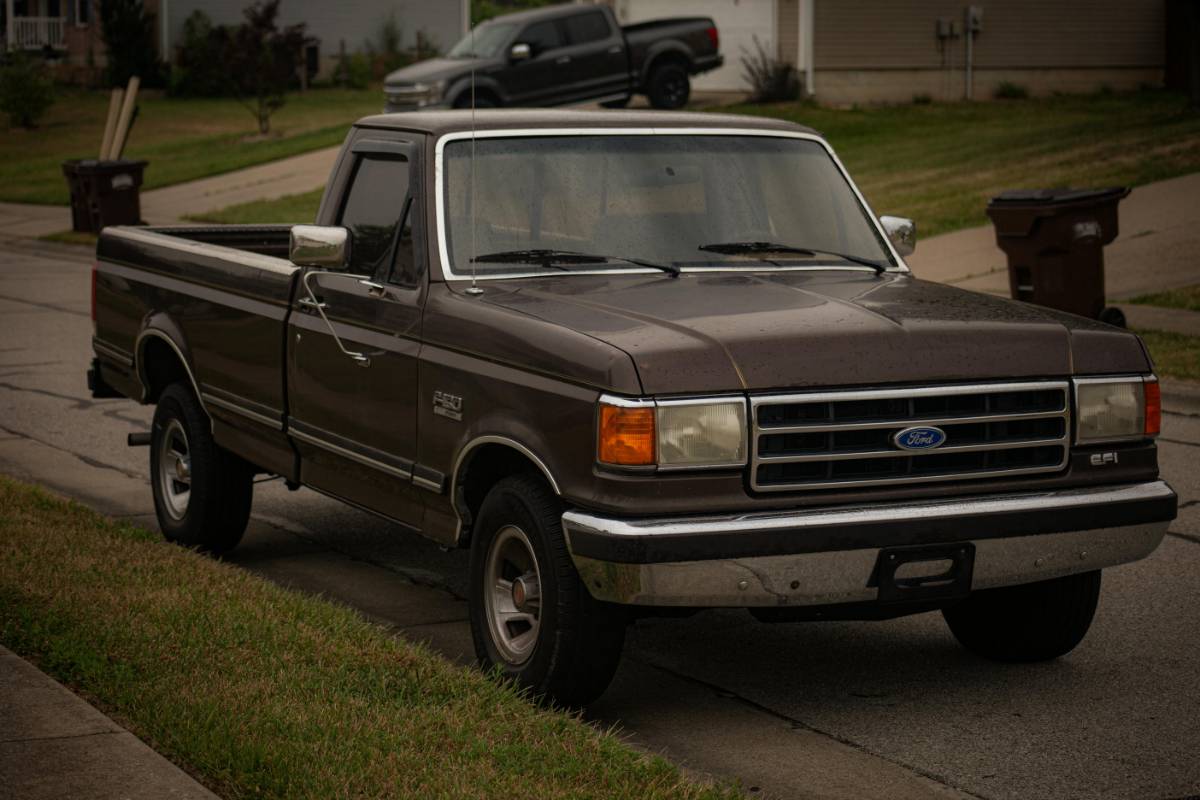
Filing a Truck Insurance Claim: Step-by-Step Guide
Filing a truck insurance claim can feel overwhelming, especially if you’ve been involved in an accident or have experienced damage to your truck. Understanding the process and knowing what steps to take can make a significant difference in ensuring that your claim is processed quickly and efficiently. This step-by-step guide will walk you through the necessary actions to take when filing a truck insurance claim.
Step 1: Ensure Safety and Report the Incident
The first thing you should do after an accident or incident is to ensure your safety and the safety of others involved. If necessary, call 911 and request emergency medical assistance. Once everyone is safe, report the incident to the proper authorities, especially if it involves injuries, property damage, or a violation of the law. In many cases, a police report will be required by your insurer to process the claim.
Step 2: Gather Information
After ensuring safety and reporting the incident, it’s time to collect all the relevant information for your claim. This information is crucial for the claims process and will help establish the details of the accident. Key items to gather include:
• Names, addresses, and contact details of all parties involved
• Driver's license and registration information
• Insurance details of all parties involved
• Photos of the scene, including vehicle damage, injuries, and any other relevant details
• Witness statements (if available)
• Police report number (if applicable)
Having all this information will make it easier for your insurer to assess the situation and process your claim quickly.
Step 3: Contact Your Insurance Company
You might also like
1. Health Insurance for Self-Employed Individuals in the U.S.2. Types of Insurance Businesses in the United States3. Comparing Insurance Quotes: A Path to Affordability4. Affordable Renters Insurance: What to Look ForOnce the immediate aftermath of the accident has been handled, contact your insurance company as soon as possible. Most insurers have a 24/7 claims hotline or online claims portal where you can report the incident. Provide your insurer with all the necessary details about the incident, including the information you’ve gathered in step 2. Be honest and thorough when describing the events leading up to the claim.
Your insurer will guide you through the next steps, which may include assigning an adjuster to assess the damage or determining whether any further information is needed.
Step 4: File the Claim Online or Over the Phone
Filing the claim itself is usually a straightforward process. Many insurers allow you to file a claim online, through their mobile app, or by phone. Ensure you have all the documentation you’ve gathered ready, and follow the steps provided by your insurance company to submit the claim. This may include filling out a claim form, uploading photos, and providing further details.
Depending on the insurer, you may also need to provide a description of the incident and any damages to your vehicle or cargo.
Step 5: Wait for the Claims Adjuster’s Evaluation
Once your claim has been filed, the insurance company will assign an adjuster to assess the damage. The adjuster will contact you to schedule an inspection of your vehicle or cargo. They will evaluate the extent of the damage, verify the information provided, and determine the compensation amount based on your coverage.
It’s essential to cooperate fully with the adjuster and provide them with any additional information they may request. Be prepared for the adjuster to inspect the truck, take photos, and perhaps even speak to any witnesses or law enforcement officers involved.

Step 6: Review the Settlement Offer
After the adjuster’s evaluation, the insurance company will issue a settlement offer. The offer will outline the compensation you’ll receive based on the damage and the terms of your policy. Carefully review the offer to ensure it aligns with your coverage and the actual damages.
If the settlement is lower than expected, or if you disagree with the amount, you may negotiate with your insurer or ask for a reevaluation of the claim.
Step 7: Repair or Replace Damaged Property
Once you’ve accepted the settlement offer, you can move forward with repairing or replacing the damaged vehicle or cargo. In most cases, the insurer will issue payment directly to the repair shop or service provider, though some policies may allow you to choose the repair facility.
Be sure to keep all receipts, invoices, and documentation related to the repairs or replacements, as these will be important if there are any future questions about the claim.
Step 8: Close the Claim
After the repairs or replacements have been completed and the final payment has been made, your claim will be closed. You should receive a final statement from your insurer confirming that the claim has been settled.
If you’re satisfied with the process and the settlement, ensure that you review your insurance coverage to determine if any changes need to be made based on the incident. This is also a good time to assess your policy limits and adjust them if necessary to avoid any future gaps in coverage.
Conclusion
Filing a truck insurance claim can be a straightforward process as long as you follow the proper steps and are thorough with your documentation. By ensuring safety at the scene, gathering necessary information, reporting to your insurer, and cooperating with the adjuster, you can help expedite the claims process and secure the compensation you need to get back on the road. Always read the terms of your policy carefully and keep communication open with your insurance provider to avoid any surprises during the claims process.
About the author
Ava Montgomery is a seasoned finance writer with over 8 years of experience helping millennials and Gen Z take control of their money. With a background in economics and a passion for demystifying complex financial concepts, Ananya shares actionable tips on budgeting, investing, and building long-term wealth. Her mission is to make financial literacy accessible, relatable, and empowering — no jargon, just smart money moves.


